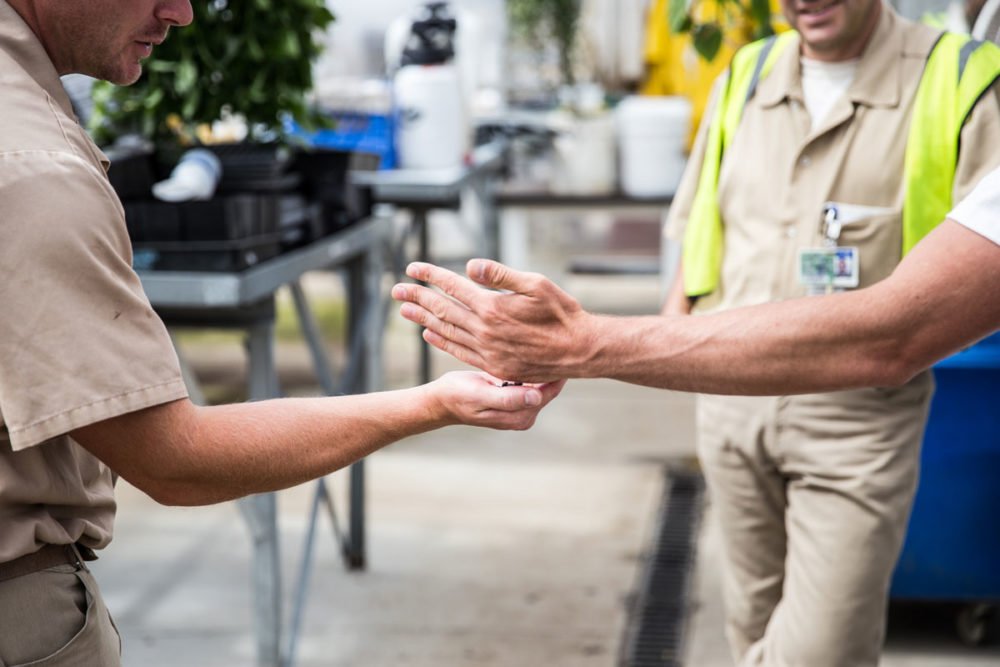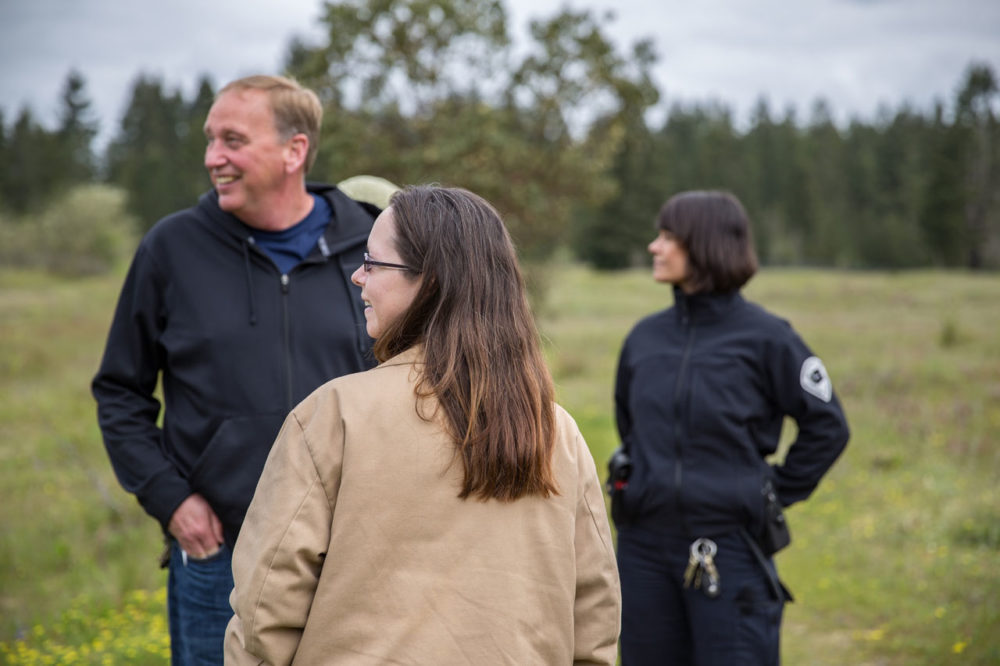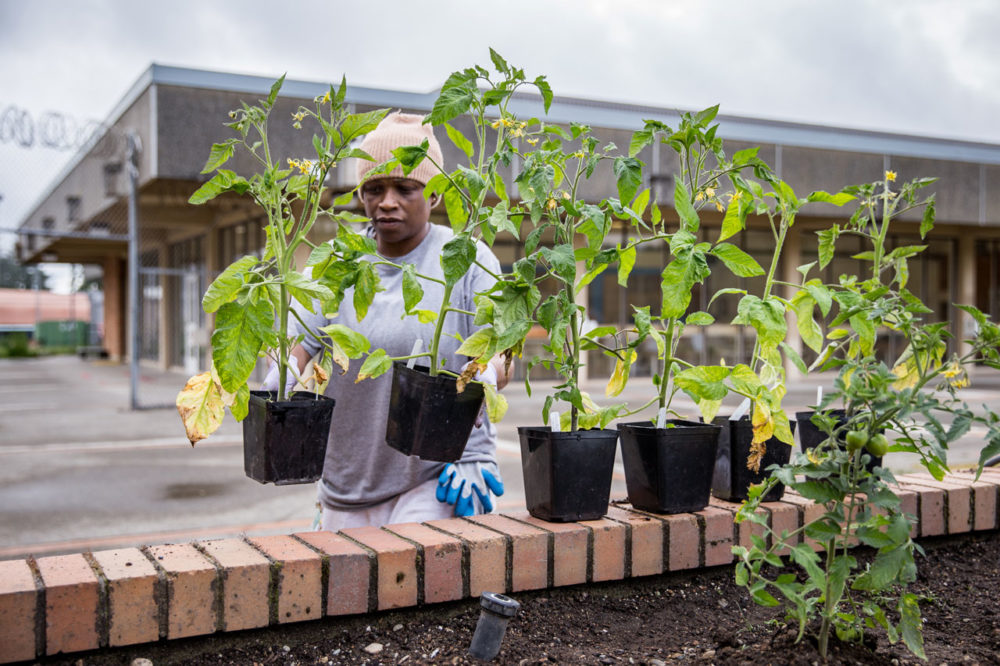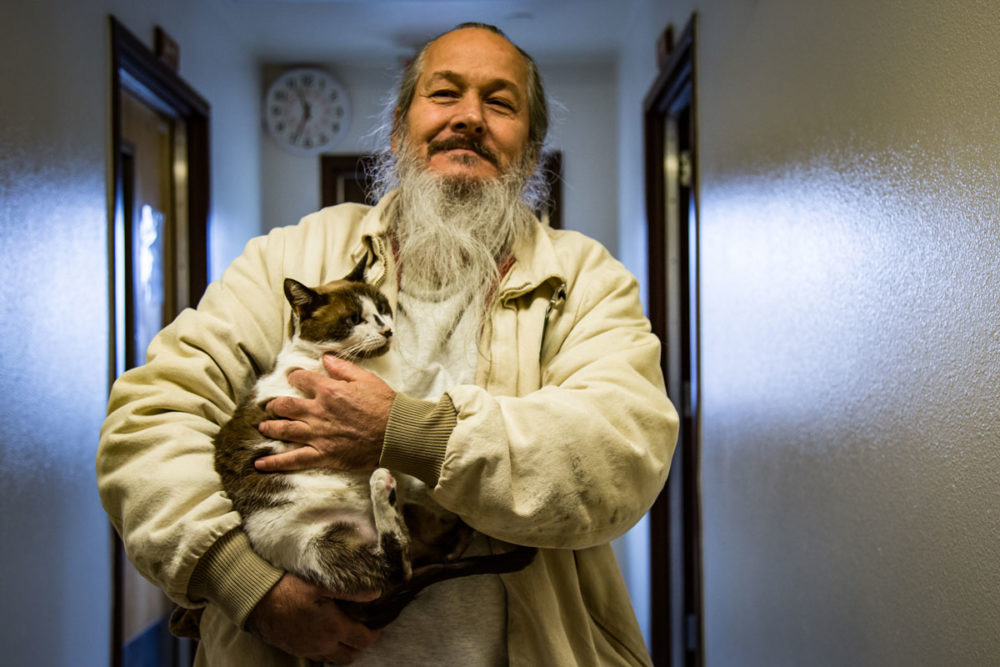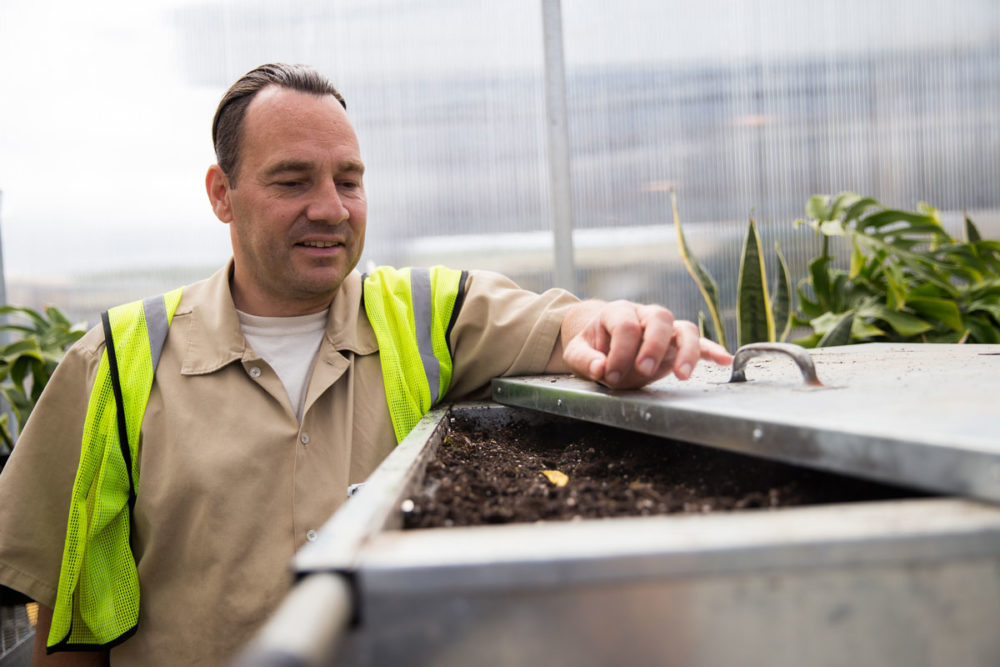How to partner with us
Since the National Science Foundation conference grant, we have had no dedicated funding for expanding the SPP model. Until we secure funding, formalizing the SPP Network’s structure and activities are not feasible. However, there is value in continuing to build informally: recognizing and maintaining the movement’s obvious momentum, and providing some recognition and support of established and new sites.
At this stage, we ask only a few commitments to be considered part of the SPP Network. The first and most crucial step is to review and consider your alignment with SPP’s core values. These are called our “Essential Components”, and they are described below.
If your activities and aspirations are well aligned with SPP’s Essential Components, then we ask you to:
- Acknowledge the source/model for programming; all use of name and/or logo is shared/linked to us.
- Respond to our requests for updates; updates may be brief and informal
- Consider participation in and support for the long-term plan to sustain SPP Network
Long-term Plan
If we are able to attract funding for additional staffing, the SPP Network could provide high-quality leadership nationally and internationally, develop coordinated evaluation and research programs, attract funding for multi-site initiatives, and more efficiently share best practices and resources. To achieve this future, we plan to:
- Obtain seed money for administrative salary necessary to build and establish long-term, self-sustaining funding mechanisms.
- Rely on long-term funding mechanisms, potentially to include:
- Network membership fees
- Line item for administrative fee included in all/most SPP contracts
- Consulting fees for site-specific services
- Conference fees
SPP’s Essential Components
Note: we are revising the Essential Components to increase accessibility and clarity; in the meantime, please ask for clarification as needed!
Although each state, county, and corrections institution is unique, our experience points to five Essential Components to establish priorities and define our work. SPP programs use the Essential Components to guide program planning and ongoing growth and improvement. Our most successful programs work to encompass all five components while newer or developing programs are working toward these goals. These components are also flexible and adaptable; they may be satisfied many different ways, and by multiple programs over multiple years. Above all, the essential components are a series of benchmarks reflecting the shared values among the members of the SPP Network.
-
Partnerships with multiple benefits
Seek out partnerships adapted to the needs of your region. Establish a truly collaborative approach in which each contributor plays a well-defined and important role. See partnerships as central to accomplishing program objectives. Involve and benefit:
- Incarcerated individuals
- Students, faculty, and/or education organizations
- Conservation, sustainability, and/or science organizations or initiatives
- Corrections staff
- Local communities and ecosystems
-
Bringing nature “inside”
Create opportunities to work with living things through environmental education, ecological conservation gardens, and other programming. Some examples of ways to bring nature inside include:
- Gardening and horticulture programs
- Houseplants and nature imagery in staff, living, and indoor recreation areas
- Lectures and workshops on topics such as plants, animals, and restoration
- Dog and cat rescue and training programs
- Beekeeping
- Conservation nurseries
- Rearing/growing threatened or endangered species in partnership with appropriate conservation organizations
-
Education and engagement
Offer environmental education to incarcerated individuals and corrections staff. Provide green job training and skills development for a variety of employment options. Also involve and benefit college students, scientists, and the broader community, and encourage all partners to learn from each other. Ways to incorporate education include:
- Guest lectures or workshops on a variety of science and sustainability topics
- Education regarding how and why programs are implemented (e.g. reading library available to recycling program; sagebrush nursery technicians receive lecture or workshop on sagebrush-steppe; compost technicians )
- Green job training and certification programs (e.g., training and certification for participation in composting program)
- Emphases on opportunities to contribute and the importance of each task–i.e., how actions influence and contribute to broader efforts
- Informative signs, posters, handouts, and newsletters
-
Safe and sustainable operations
Reduce, reuse, repurpose, and recycle materials whenever possible. Increase prison safety by providing programs that are pro-social, reduce idleness, and offer meaningful work. Example initiatives include:
- Rainwater catchment, low-flow fixtures, and other water conservation programs
- Green purchasing and procurement, especially minimizing packaging and unnecessary purchases
- Upstream waste sorting (all staff and incarcerated individuals sort their own throw-aways) and on-site composting systems
- Energy Service Company (ESCo) projects, alternative energy, and other energy-use mitigation strategies
-
Tracking, dissemination, and evaluation
Plan to track and share progress and results in every program. Specifics should include:
- Whenever possible recording pre-program baselines and setting program goals so that it’s possible to evaluate impacts.
- Tracking and sharing outcomes with all program partners, other SPPs, the public, funding sources, media, etc.(e.g. number of plants grown, lbs. of waste composted, number of students certified)
- As resources allow, evaluation of program quality and impacts on participants (with approved Human Subjects Review)
